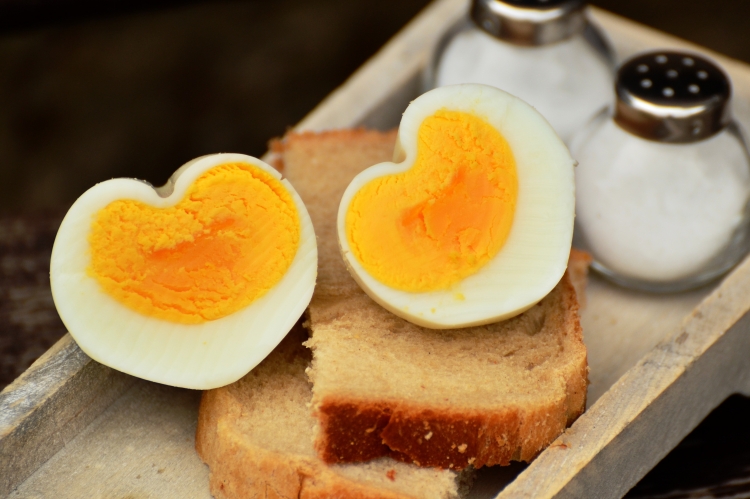Cholesterol Revisited

The American Heart Association has released new guidelines stressing a personalized, lifespan approach to prevention and management to improve cholesterol levels. When you lower your LDL levels (“bad” cholesterol), and raise your HDL levels (“good” cholesterol), you lower your risk for cardiovascular events such as heart attack, stroke, and coronary artery disease.
Even if you are taking a cholesterol lowering medication, it cannot replace healthy eating and physical activity, which have been proven to lower LDL cholesterol.
Consider these guidelines:
1. Choose lean cuts of meats or protein:Saturated fat raises blood cholesterol more than dietary cholesterol, so choose 3 oz of roasted chicken breast, salmon, or tofu.
2. This one may surprise you: Reduce refined carbohydrate intake(white bread, pastries, pasta, white rice). This is just as important as cutting down on saturated fats for cholesterol improvement.
3. Replace refined carbohydrates with whole grain pasta, brown rice, and whole grain breads and cereals. Choose sweet potatoes instead of white potatoes.
4. An egg a day is okay!Serve an egg on whole grain toast, eat a hardboiled egg as an afternoon snack, or cut a hardboiled egg into a salad for dinner.
5. Get your Omega 3s: Two servings of salmon or sardines a week, or a small handful of walnuts daily may have heart healthy properties such as removing cholesterol from cells.
6. Avoid fried foods which can be a source of trans fat. Trans fats increase LDL levels and lower HDL levels, which increases risk for heart disease.
7. Love your fiber! Eating a diet rich in fiber is associated with a higher HDL level, and a lower LDL level. The fiber associated with lowering LDL cholesterol is found in fruits, vegetables and grains such as oats, apples, pears, oranges, beans, flaxseed, and brussel sprouts.
8. Are you smoking?Smoking lowers your HDL and increases your risk for heart attack and stroke. Quitting isn’t about stopping, it’s about connecting. Join a free support group near you through the SF Tobacco Free Project: (628) 206-6074, or 1-800-NO-BUTTS. Services supported in many languages and groups. Free nicotine patches may be available.
Bottom Line: The best way to get your cholesterol numbers on the right track is not to concentrate on limiting demonized items (eggs, for example), but to think of the bigger picture of eating healthy balanced meals as a lifestyle which will improve your overall health.
